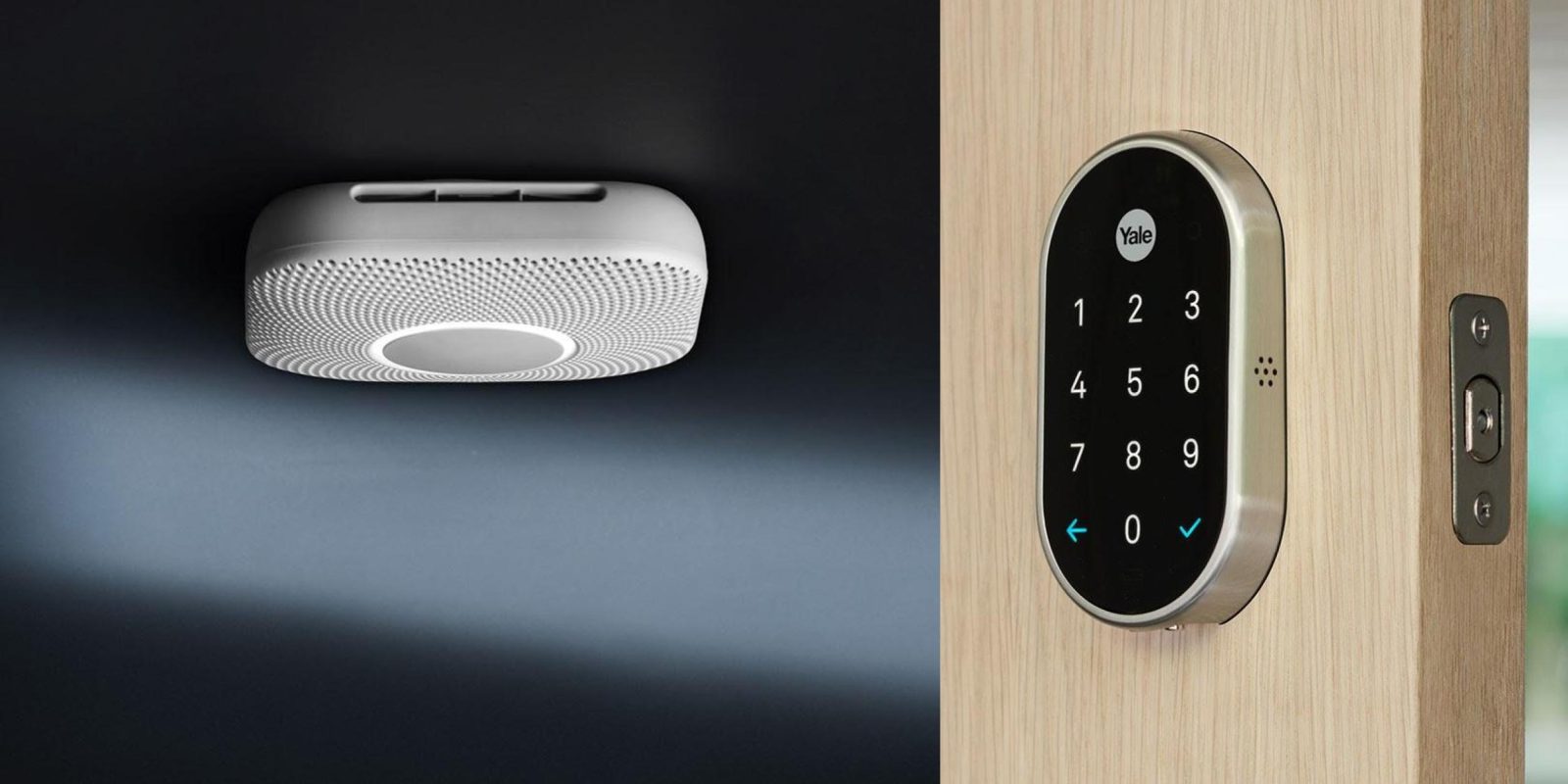In a significant advancement in wearable technology, Google and Samsung are collaborating to develop smart glasses powered by Android XR, with a projected release in 2026. This partnership aims to deliver an immersive extended reality (XR) experience, blending augmented reality (AR) and virtual reality (VR) functionalities into a single device.
Development and Collaboration
The collaboration between Google and Samsung signifies a strategic alliance to compete with industry leaders like Apple and Meta in the XR market. Samsung is expected to release the first device based on Android XR, codenamed Project Moohan, in 2025. This headset is anticipated to offer high-fidelity displays and a user experience comparable to Apple’s Vision Pro but at a more accessible price point.
Android XR: The Operating System
Android XR is a new operating system developed by Google specifically for XR devices, including headsets and smart glasses. It integrates advancements in AI, AR, and VR to provide a seamless user experience. The platform supports immersive versions of popular Google apps such as Maps, Photos, and YouTube, along with a multitasking-enabled version of Chrome designed for XR environments. Additionally, Android XR will run existing phone and tablet apps from the Play Store, similar to how Apple integrates iPad apps on its Vision Pro.
Prototype Demonstrations
At the TED2025 conference, Google Vice President Shahram Izadi showcased a prototype of the Android XR glasses. The demonstration highlighted features like live translation from Farsi to English and book scanning capabilities. These glasses resemble traditional eyewear but are equipped with a miniature display and integrate Google’s Gemini AI assistant, offering a glimpse into the potential functionalities of the final product.
Market Position and Future Prospects
The partnership between Google and Samsung positions them as formidable competitors in the XR market, challenging existing products from Apple and Meta. By leveraging Samsung’s hardware expertise and Google’s software capabilities, the collaboration aims to deliver a product that is both innovative and accessible. The anticipated release of the Android XR glasses in 2026 marks a significant step forward in making XR technology mainstream.
Conclusion
The development of Android XR glasses by Google and Samsung represents a pivotal moment in the evolution of wearable technology. By combining advanced AI with immersive XR experiences, these smart glasses have the potential to redefine how users interact with digital content in their daily lives. As the 2026 release approaches, consumers and industry observers alike will be keenly watching for further developments and announcements.



